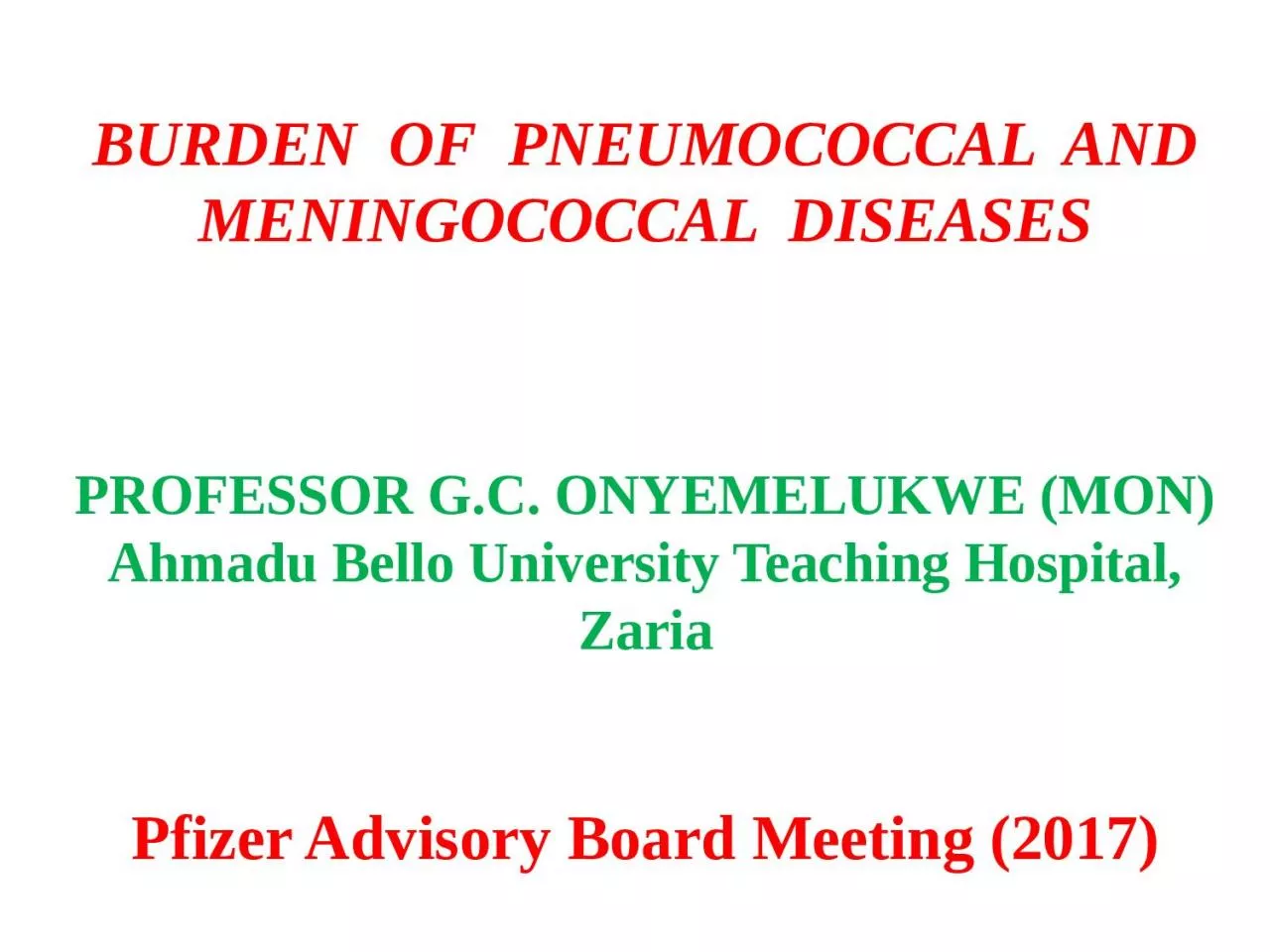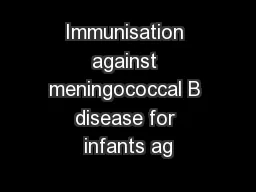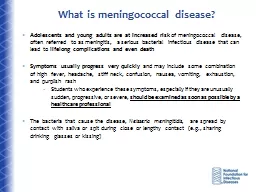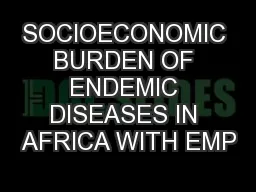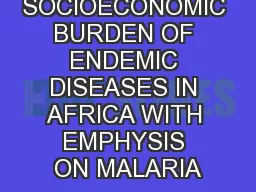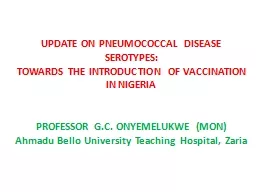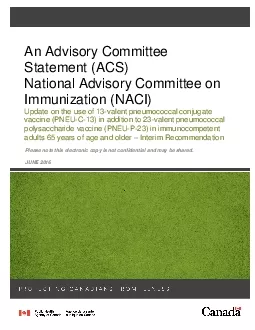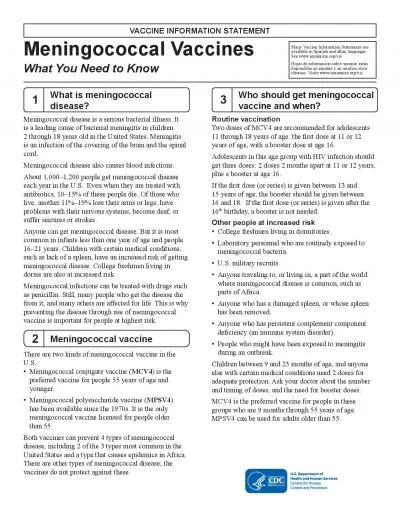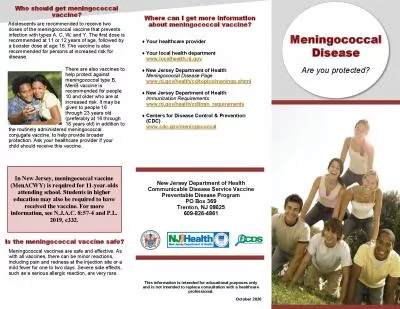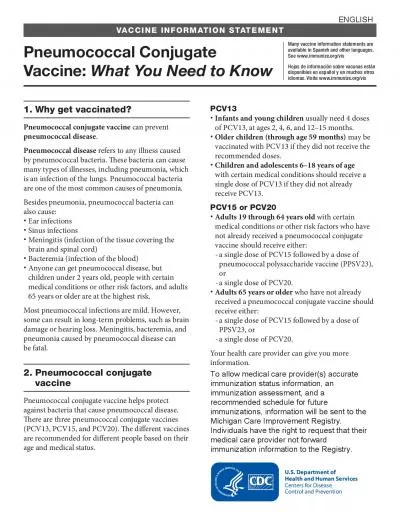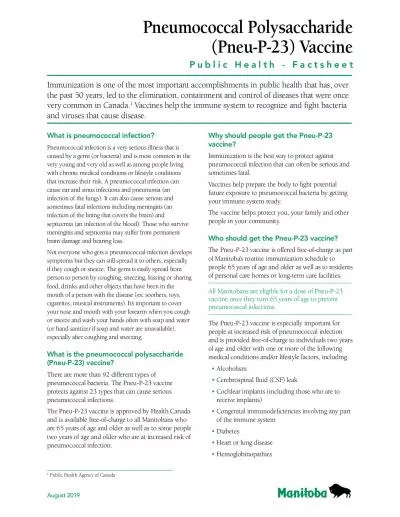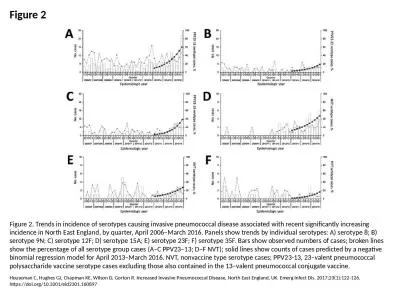PPT-BURDEN OF PNEUMOCOCCAL AND MENINGOCOCCAL DISEASES
Author : reese | Published Date : 2024-03-15
PROFESSOR GC ONYEMELUKWE MON Ahmadu Bello University Teaching Hospital Zaria Pfizer Advisory Board Meeting 2017 WORLD WIDE DISTRIBUTION OF PNEUMOCOCCAL DISEASE Brien
Presentation Embed Code
Download Presentation
Download Presentation The PPT/PDF document "BURDEN OF PNEUMOCOCCAL AND MENINGOCOC..." is the property of its rightful owner. Permission is granted to download and print the materials on this website for personal, non-commercial use only, and to display it on your personal computer provided you do not modify the materials and that you retain all copyright notices contained in the materials. By downloading content from our website, you accept the terms of this agreement.
BURDEN OF PNEUMOCOCCAL AND MENINGOCOCCAL DISEASES: Transcript
Download Rules Of Document
"BURDEN OF PNEUMOCOCCAL AND MENINGOCOCCAL DISEASES"The content belongs to its owner. You may download and print it for personal use, without modification, and keep all copyright notices. By downloading, you agree to these terms.
Related Documents

